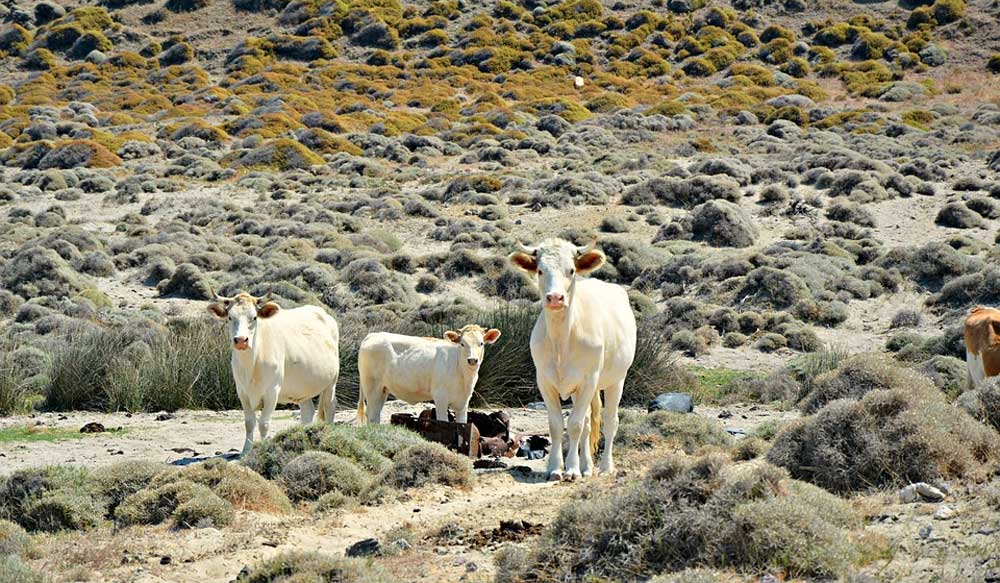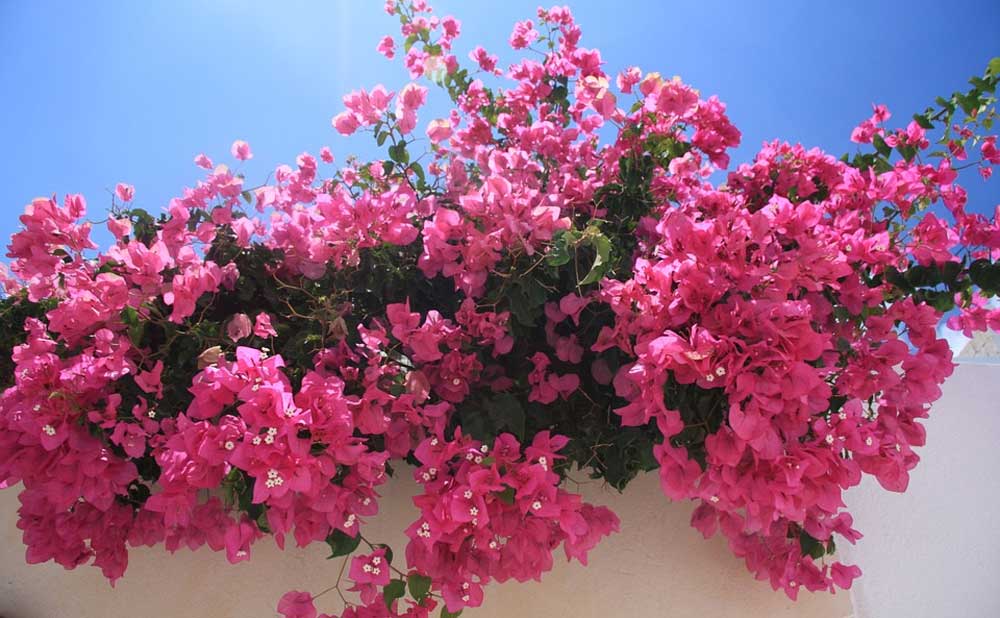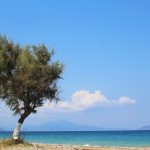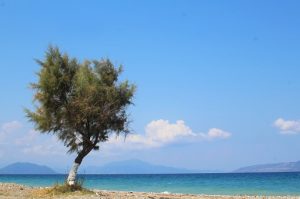Animals and Plants of Greece
Greek Flora and Fauna
Greece has a wide variety of animals and plants, both in the sea and on land. On the following pages you will be able to read about a selection of the country’s flora and fauna.
Greek Fauna
The animal world of Greece has a Mediterranean character, with the most numerous coastal and marine animals. 50 species of mammals, 362 birds, 300 species of fish and many other marine species and reptiles have been counted. A total of 1,500 species of animals have been recorded.
The expansion of human activity has greatly limited wildlife: wildlife, such as wolves, bears, wild boars, deer, ibex and jackals, are rare today. Sheep, horses, cattle, goats and various other pets are common during the day.
Greek fauna reflects the country’s diverse habitats and geographic crossroads between continents, boasting a mix of European, Asian, and African species. This rich biodiversity is found across its varied landscapes, from the dense forests and mountainous regions to the myriad of islands and extensive coastline.
Mammals in Greece include species adapted to both the rugged terrain of its mountains and the milder coastal areas. The brown bear and the wolf are among the larger carnivores found in the more remote and forested areas of the mainland, particularly in the Pindus and Rhodope mountain ranges. Other mammals such as the red fox, the wildcat, and the European pine marten are more widespread. The Mediterranean monk seal, one of the world’s most endangered marine mammals, finds refuge in secluded caves and beaches along Greece’s extensive coastline.
The country’s avian life is extraordinarily rich, making it a haven for birdwatchers. Greece’s position along migratory routes adds to its diversity, hosting a variety of species throughout the year. Wetlands, such as those found in the Prespa Lakes and Evros Delta, are critical habitats for migratory birds, including flamingos, pelicans, and a variety of wading birds. The forests and mountainous areas are home to raptors like the golden eagle and the peregrine falcon, along with other species such as the hoopoe and the nightingale.
Reptiles and amphibians are also well-represented, benefiting from the country’s warm climate and varied ecosystems. The loggerhead sea turtle nests on sandy beaches, while the green turtle is occasionally sighted in Greek waters. Land reptiles include the common tortoise and a variety of lizards and snakes, such as the Balkan green lizard and the venomous horned viper.
The marine life in the surrounding seas is vibrant, encompassing a wide range of fish, cephalopods like the octopus and squid, and crustaceans. The Mediterranean Sea, although facing challenges such as overfishing and habitat destruction, still supports diverse ecosystems with species like the sperm whale, the short-beaked common dolphin, and the rare Mediterranean monk seal.
Insects and other invertebrates boast a high level of diversity as well, with numerous species of butterflies, beetles, and other insects playing vital roles in the ecosystems as pollinators and as part of the food web.
Conservation efforts are ongoing to protect Greece’s unique fauna. Challenges such as habitat loss, pollution, and climate change pose threats to many species. National parks and marine protected areas have been established to conserve critical habitats, and initiatives are in place to protect endangered species like the Mediterranean monk seal and the loggerhead sea turtle. Through these efforts, Greece aims to preserve its rich biological heritage for future generations, emphasizing the importance of biodiversity and the interconnectedness of all living beings.

Greek Flora
Greece’s flora is remarkably diverse and abundant, thanks to its varied landscapes and mild climate. This richness is reflected in the wide array of plant species found across the country, from its sun-drenched islands to its mountainous regions. Greece’s geographical location at the crossroads of Europe, Asia, and Africa, combined with its diverse ecosystems, including Mediterranean forests, woodlands, shrubs, and coastal zones, contributes to its botanical wealth.
One of the most iconic plants of Greece is the olive tree, symbolizing peace and prosperity. Olive groves dominate the landscape in many regions, and olive oil is a staple of Greek cuisine. The country is also known for its aromatic herbs such as oregano, thyme, rosemary, and sage, which grow wild in the mountains and are essential to Greek cooking.
The rugged mountains of Greece are home to a variety of endemic plant species, adapted to the specific climate and terrain. In these high-altitude areas, one can find unique varieties of fir and pine, as well as deciduous forests with oak and beech trees. The rich biodiversity includes not only trees but also a multitude of wildflowers, such as the crocus, which blankets the countryside in vibrant colors during spring.
In the coastal and island areas, the vegetation adapts to the salty and windy conditions. Maquis, a type of shrubland dominated by dense evergreen shrubs, and phrygana, low-lying scrubland, are common. These areas are home to plants like the mastic tree, from which mastic gum is produced, and the carob tree, known for its edible pods.
Greece’s unique flora also extends to its wetlands and riverbanks, where one can find a different set of species adapted to moist conditions, including various types of reeds and aquatic plants. These ecosystems are crucial for the survival of numerous bird species and contribute to the ecological diversity of the region.
Conservation efforts are in place to protect Greece’s rich botanical heritage, as it faces challenges from urbanization, intensive agriculture, and climate change. National parks and protected areas aim to preserve the natural landscapes and the unique flora within them. Research and educational initiatives also play a vital role in raising awareness and ensuring the conservation of Greek flora for future generations.
The variety and beauty of Greek flora are not just significant from a biodiversity standpoint but are also deeply intertwined with the country’s culture and traditions. From the olive branch, a symbol of peace, to the laurel wreath, a symbol of victory and honor, plants are woven into the fabric of Greek history and mythology, reflecting the deep connection between the people and their natural environment.

In the sea…
• Mollusks, Starfish, Urchins & Jellyfish
• Fish
• Dolphins, Sharks & Whales
On land…
• Reptiles & Amphibians
• Mammals
• Insects, Scorpions & Spiders
• Flowers & Bushes
• Trees
In the air…
• Birds
• Butterflies
 Previous Post
Previous Post Next Post
Next Post